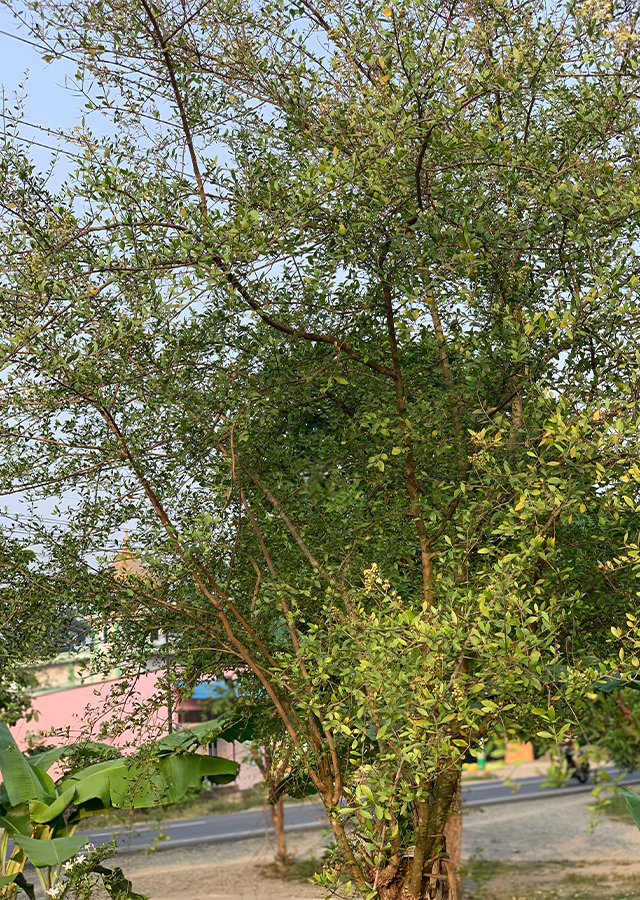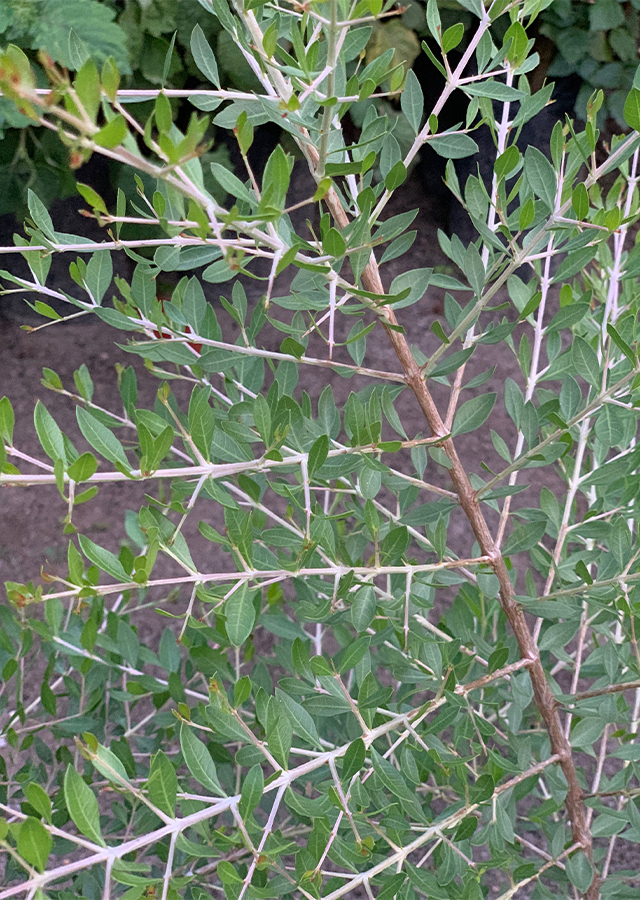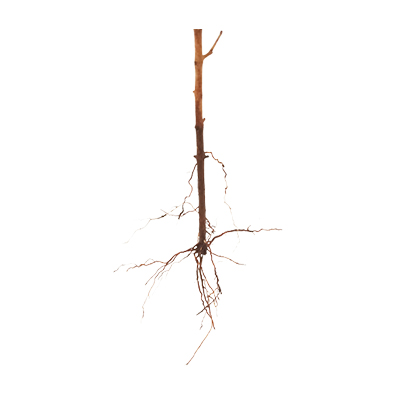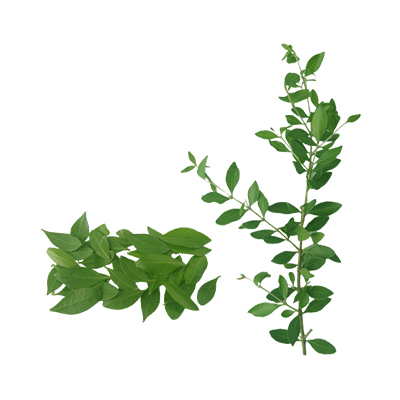Henna
Lawsonia inermis L.
Lythraceae
Location in our garden
Principal



Synonym
Alcana spinosa (L.) Gaertn.
Alkanna spinosa (L.) Gaertn.
Lawsonia alba Lam.
Habitus
Shrubs. A perennial, small tree, standing 2 to 6 m tall
Part Used
Leaves
Roots
Growing Requirements
Full Sunshine
Drought Resistant
Habitat
Riverbanks
Coastal
Overview
The species is native to NE. Tropical Africa, Arabian Peninsula, S. Pakistan to India. It is a very useful medicinal plant in all parts of the world. Henna is widely used in the cosmetic industry as dyeing agent also in India. Henna leaves are very popular natural dye to colour hand, finger, nails and hair.
Vernacular Names
Mehndi (India), Henné (French), Henna (Africa, Arabic, Pakistan), cinamomo (Philippines), Thian khaao (Thailand), Lá mòn (Vietnam).
Agroecology
It grows mainly along waterways and in semi-arid regions. It is mostly found in the tropic, sub-tropic, and semi-arid zones. It requires high temperatures (with optimum daily average about 25°C) for germination, growth and development and can be produces the most dye when grown in temperatures between 35 and 45 °C. The optimal soil temperature range for germination is 25-30 °C. Temperatures below 5 °C will kill the henna plant.
Morphology
- Roots - tap with lateral roots.
- Stems - a glabrous branched shrub or small tree, multi-branched, with spine-tipped branch lets. New branches, green, turn red with age.
- Leaves - small, opposite, entire margin elliptical to broadly lanceolate, sub-sessile, about 1.5 to 5 cm long, 0.5 to 2 cm wide, greenish brown to dull green, petiole short and glabrous acute or obtuse apex with tapering base.
- Flowers - inflorescence has large pyramid shaped cyme, small flowers, numerous, aromatic white or red coloured with four crumbled petals. Calyx 0.2 cm tube and 0.3 cm spread.
- Fruits - small, brown globose capsule, opening irregularly and split into four sections with a permanent style.
- Seeds - typical, pyramidal, hard and thick seed coat with brownish coloration, 32–49 seeds/fruit.
Cultivation
- Propagated by seeds. Germinates best at temperatures around 25 °C.
- By cutting the stem. Branches with 6-8 buds are used.
Chemical Constituents
Coumarin, naphtalene, naphtoquinon, xanthon, gallic acid, eugenol, luteolin, terpenoid, lawsoinermone, inermidioic acid, ethyl-2-methyl benzoate, linalool, phytol.
Traditional Medicinal Uses
- Extracts of the leaves have an astringent effect on the skin, making it somewhat hydrophobic.
- Several studies are being carried towards it activates like cytotoxic, hypoglycaemic, nootropics, antimicrobial, antibacterial, trypsin inhibitory, wound healing, antioxidant, anti-corrosin, anti-inflammatory, analgesic and antipyretic, anti-parasitic, tuberculostatic, protein glycation inhibitory, hepatoprotective, anti-tumoral activities.
- The leaves are taken internally in the treatment of amoebic dysentery. They are also used in the treatment of diarrhoea and to promote menstrual flow. They are used as a gargle to treat sore throats.
- The leaves are, therefore, used externally in the treatment of various skin diseases (including leprosy), wounds, ulcers and herpes.
- An infusion of the leaves is mixed with tobacco and salt and used as a mouthwash.
- A decoction of the bark is used as an emmenagogue, and also to treat liver problems and nervous symptoms.
- The stembark is chewed and then kept between the teeth for about 25 minutes in order to treat toothache. The bark is often used in herbal medicines.
- Preparations from the leaves and other parts of the plant are used in childbirth in Arabic and Ayurvedic medicine.
Part Used
Reference Sources
- Royal Botanic Gardens. 2017. Plants of the World Online: Lawsonia inermis L.. https://powo.science.kew.org/taxon/urn:lsid:ipni.org:names:553638-1. 21-11-2021.
- Oyen, L.P.A., 1991. Lawsonia inermis L.. In: Lemmens, R.H.M.J. and Wulijarni-Soetjipto, N. (Editors): Plant Resources of South-East Asia No 3: Dye and tannin-producing plants. PROSEA Foundation, Bogor, Indonesia. Database record: prota4u.org/prosea.

